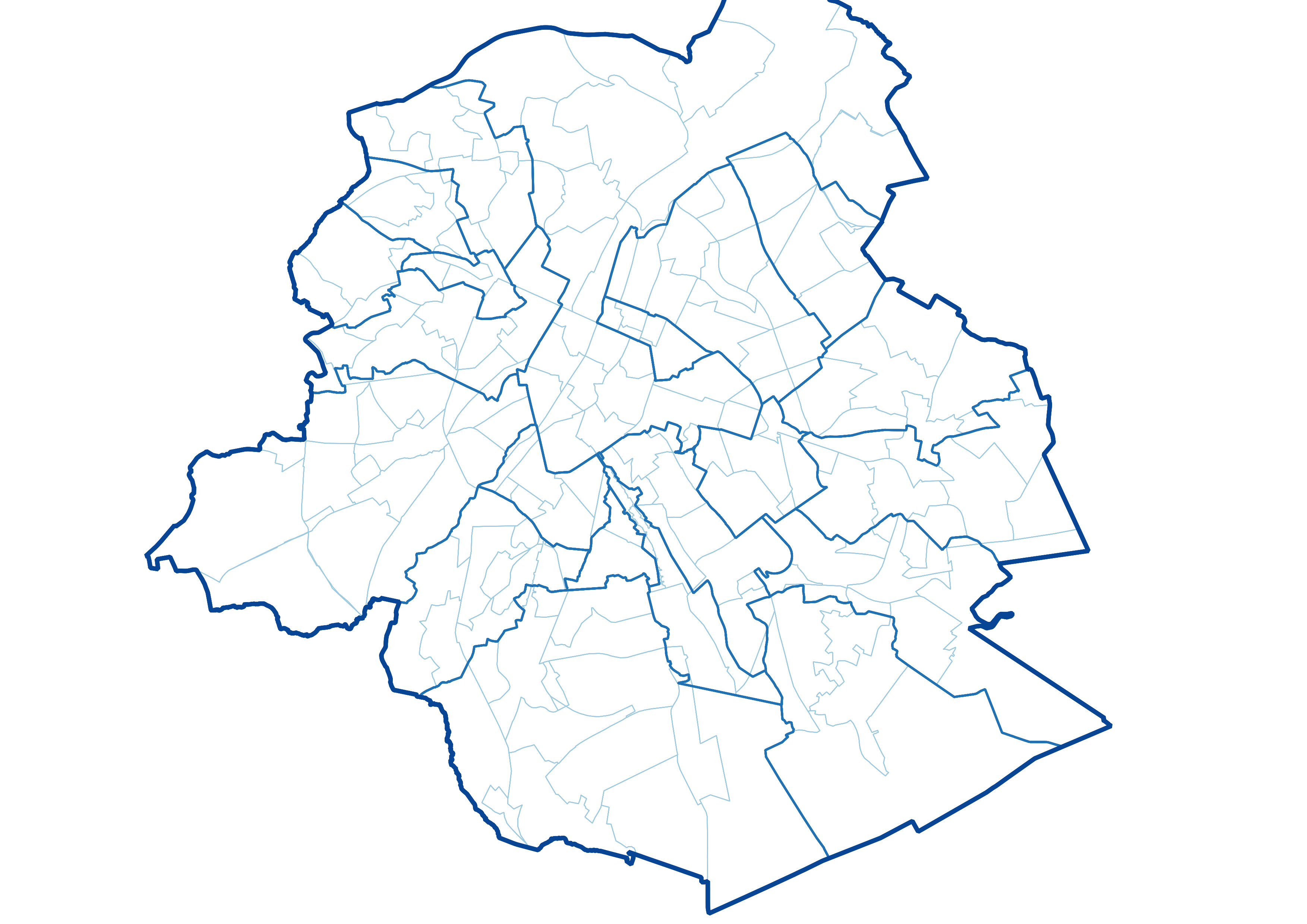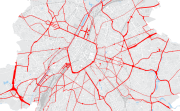administrative boundary
Type of resources
Available actions
Topics
INSPIRE themes
Keywords
Contact for the resource
Provided by
Years
Formats
Representation types
Update frequencies
status
Service types
Scale
-

Brussels-Capital Region : Brussels-Capital statistical areas are grouped to form the districts of monitoring. Monitoring the neighborhood is an urban observation tool to help track and understand the evolution of Brussels districts in different aspects (demographic, social, health, economy, housing, mobility, quality of life, participation, ... ) to improve the efficiency of urban policy and help guide public and private investment in urban renewal ...
-

The UrbIS - Adresses product corresponds to the dataset of Brussels addresses that complies to Brussels technical specifications. This dataset is thus not compliant with BeSt specification and cannot be used by any federal or regional authorities that have to use BeSt compliant dataset. This dataset can be downloaded as a zipped file or with the ad hoc WFS.
-

UrbIS - Administrative Units is the Brussels Region administrative, statistical and land register unit dataset. This dataset is made up of six different geometric classes. The first class is the territory of the Brussels Region. The second is the territory of the nineteen municipalities that make up the Region, the third is the six police zones in the Region, the fourth is the monitoring districts, the fifth is the statistical sectors, and the sixth is the land register parcels. The dataset is freely downloadable as a zipped shapefile. The dataset is produced by integrating data from FPS Finance and FPS Economy. Their respective licences apply to the classes deriving from them.
-

Brussels-Capital Region : The road network in the Brussels-Capital Region is divided in regional (generally the most structuring traffic axes) and municipal (generally roads of local character) roads. Approximately 20% of the road network is managed by the region.
-
Web Map Service for the INSPIRE datasets of Paradigm
 Geobru catalogue
Geobru catalogue